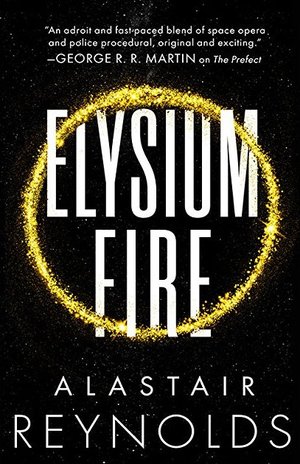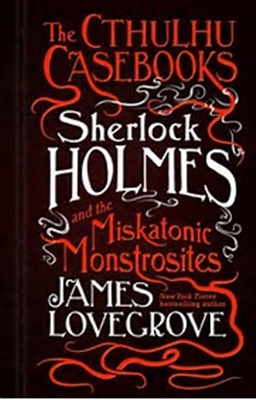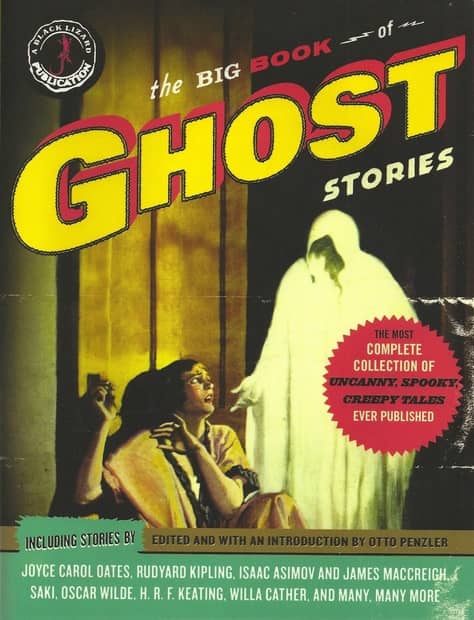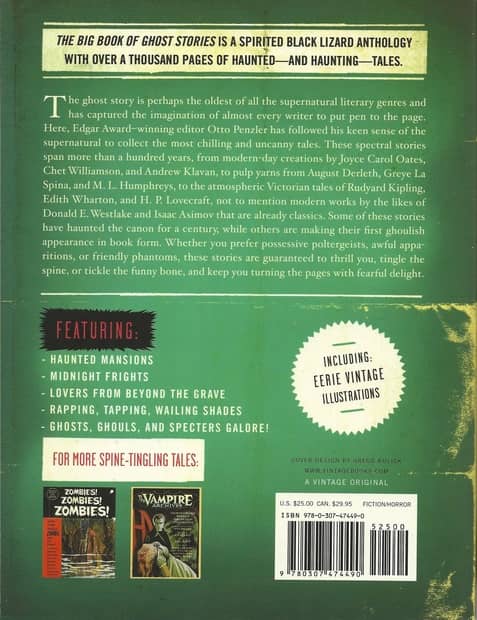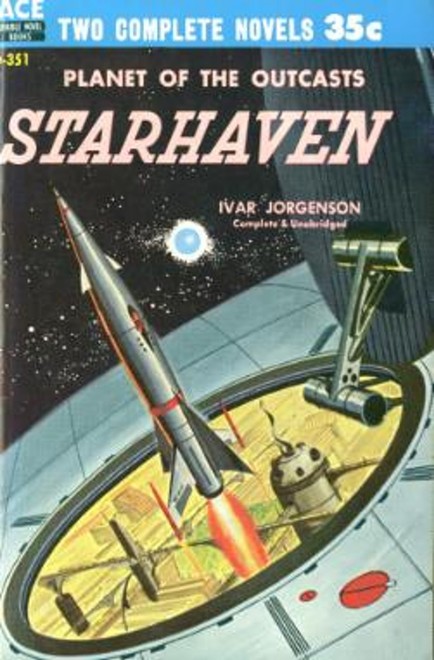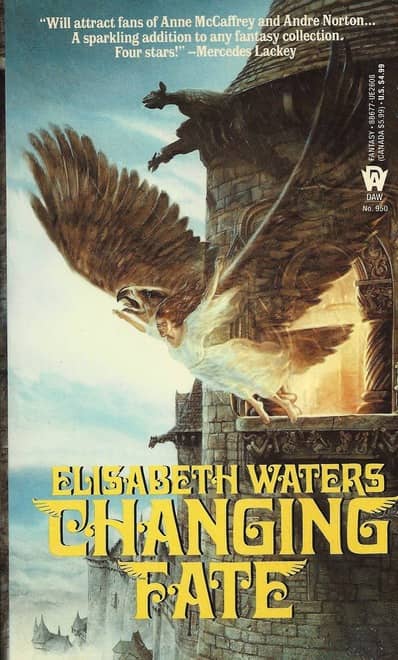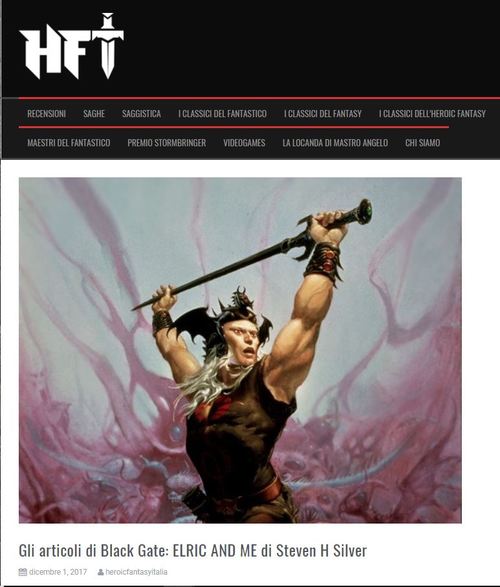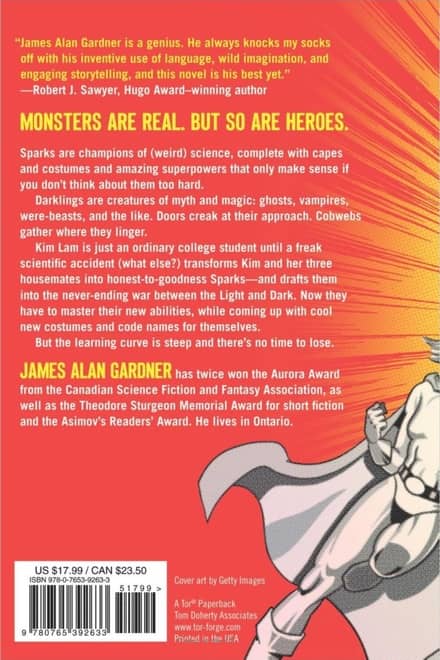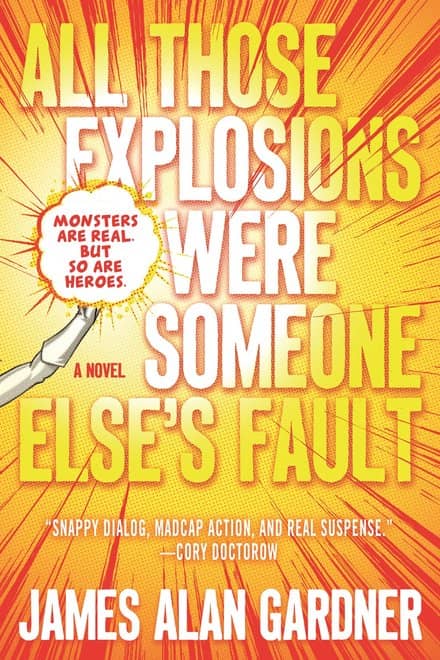Helen’s Daimones by S.E. Lindberg
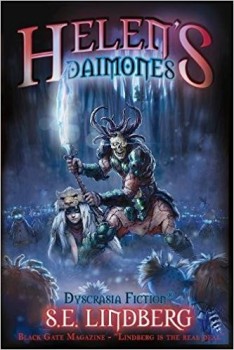 There are strange territories in the wilds of swords & sorcery that have been visited successfully by only a handful of writers. They are places where, aside from some actual swords and sorcery, few of the common trappings of the genre are found. Magic may be phatasmagorical, the world — both physically and culturally — has no echoes of our own, and the hero is more likely to be a golem, a resurrected nobleman, or a little girl than an axe-swinging warrior.
There are strange territories in the wilds of swords & sorcery that have been visited successfully by only a handful of writers. They are places where, aside from some actual swords and sorcery, few of the common trappings of the genre are found. Magic may be phatasmagorical, the world — both physically and culturally — has no echoes of our own, and the hero is more likely to be a golem, a resurrected nobleman, or a little girl than an axe-swinging warrior.
Some of C.L. Moore’s Jirel stories and most of Clark Ashton Smith’s oeuvre mapped portions of these realms. In Throne of Bones, Brian McNaughton (reviewed by me here) brought back a detailed study of one nation. Michael Shea and Darrell Schweitzer mapped whole continents. They’re dangerous places, permeated by darkness and decay, and the scent of death is rarely absent from the thick, curdled air.
S.E. Lindberg’s short novel, Helen’s Daimones (2017), is one such tale of this diseased stretch of the world of swords & sorcery. I can’t say this book quite attains the same heights as Shea’s Nifft the Lean or Schweitzer’s The Mask of the Sorcerer (reviewed here), but much of the time it comes tantalizingly close. It’s always exciting to find an author hunting out the stranger reaches of fantasy instead of re-exploring places we’ve all been many times before. This is the third published (second chronologically) novel in Lindberg’s Dyscrasia series. The word dyscrasia is from the Greek, and refers to a bad mixing of the four Classical humors: phlegm, blood, black bile, and yellow bile. In these books, there is no actual magic, only the disease Dyscrasia and corrupted souls.
Lindberg’s novel opens on his young protagonist, the daughter of a furrier, playing in the countryside.
Lithe, ivory-haired Helen crouched in the meadow. She spied the emerging fireflies, ready to play. A storm brewed on the distant, western horizon. Remote, thunderless lightning seemed to communicate to the fireflies with pulsing flashes. She wished she could interpret such magic.
“One day, I will understand your secret language,” Helen vowed.
She was accustomed to being apart from people, immersed in her own reality. Cloaked in a cougar pelt splotched with green dye, she was empowered by her feline familiar’s aura: Angie.
